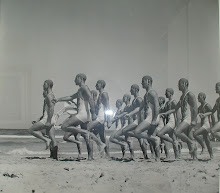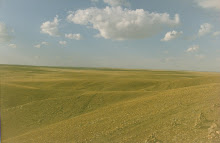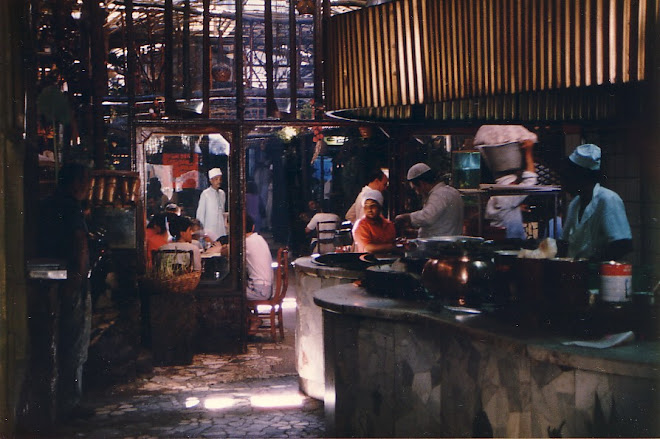Rudolf Nureyev (1938-1993) - An Inspiration
Rudolf Nurevev was the kind of internationally-recognised gay icon that inspired fag blokes like me in my teenage years to feel good about taking a real gay public personna, even if not being absolutely out to everyone. Still reckon he is/was pretty fab!He was one idea of a beautiful successful larger-than-life gay man - endlessly and effortlessly erotic and exotic. And I was lucky enough to meet him a number of times in London in the late 70's and early eighties, through a friend in the Covent Garden administration, Dorothy Cole.
He possessed the magnetism of great movie and pop stars, but was closed and mysterious at the same moment - a wonderfully lethal combination of pull and push! This distancing quality was obviously in part due to being queer and the perceived need, in those days, to be more private about it as a famous person. And he was naturally shy and suspicious and proud - not easily able to risk a personal attack.
This inward withdrawn 'don't touch' quality, combined with great force of personality, is a apparent I think in some photos:




Of Tatar (Asian-Russian) blood, Nureyev was (prophetically) born on a train. He struggled out of poverty using a great dance talent, graduating from the Kirov Ballet in St Petersburg, and then sensationally defecting to the West in 1961, to freelance all over the world.
My favourite images of this dancer are often those capturing reflective and intimate moments in rehearsal, here with Margot Fonteyn, and with Carla Fracci:


I have been in performances where he absolutely torn down the house with some bravura technique, as in 'Le Corsair', here with Margot Fonteyn:


Finally, an electrifiying airborne moment:

Just talking about any kind of performing art has its obvious limitations.
You get no sense of Nureyev's feline fluidity of movement, luscious muscularity in action, astonishing control, and unfailing and continuous creation of line in relation to the frame of the stage.


















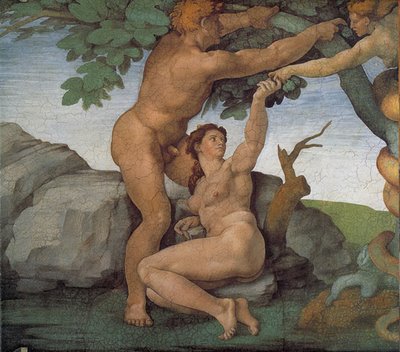

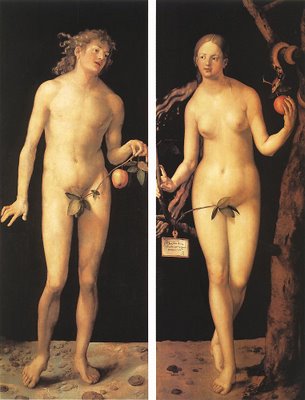




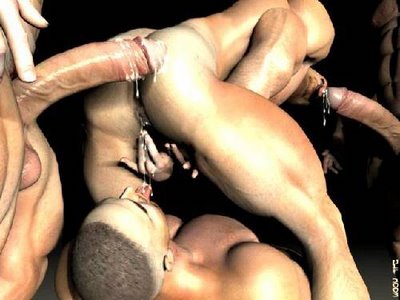
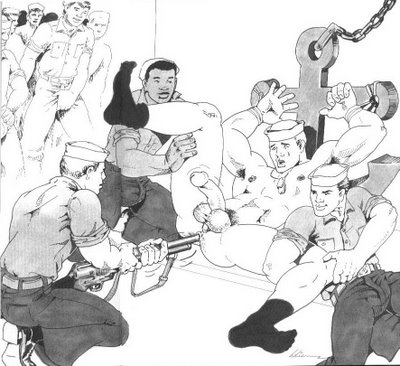






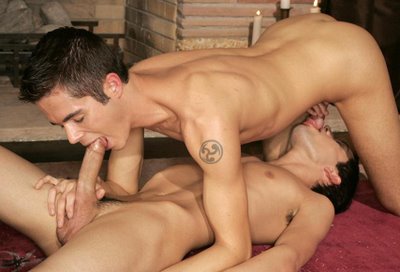
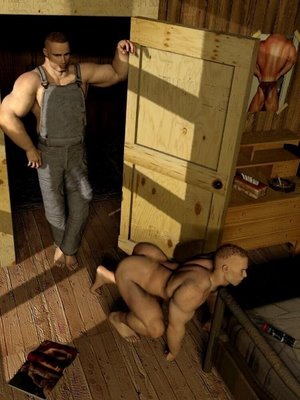
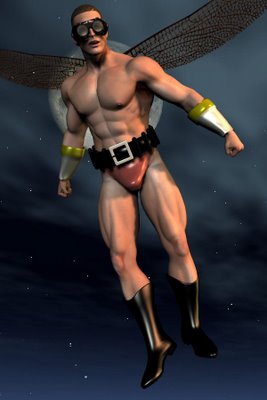

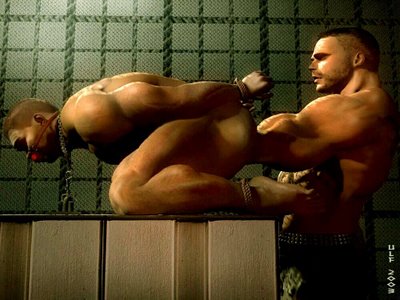

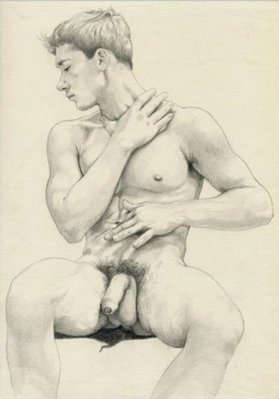


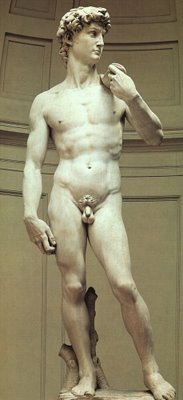


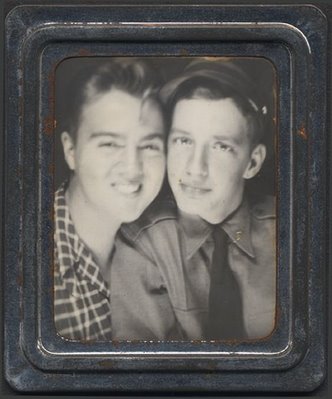



![C18 Bronze Buddha [Southern China]](https://blogger.googleusercontent.com/img/b/R29vZ2xl/AVvXsEioLkgVKuhDoIHQgM1X6Oe2hGn75yqaj4OJXPmNpumXmQPKxB22S57YS5DVrl1P7zl7BS6EFpAtaNZPze7gzVCRiQI54bwdHhVa4fGr7NOChZwTZoo92gUen6tC5U8gWIy_pv92U0FB38M/s1600/Buddha+%255BBronze%252C+C18%252C+China%255D+1.jpg)












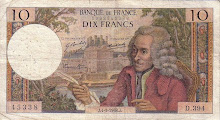
+1998+Cropped.jpg)

